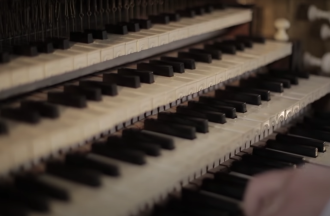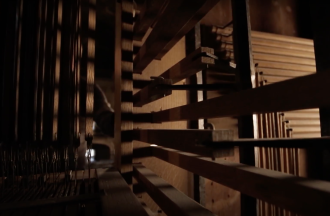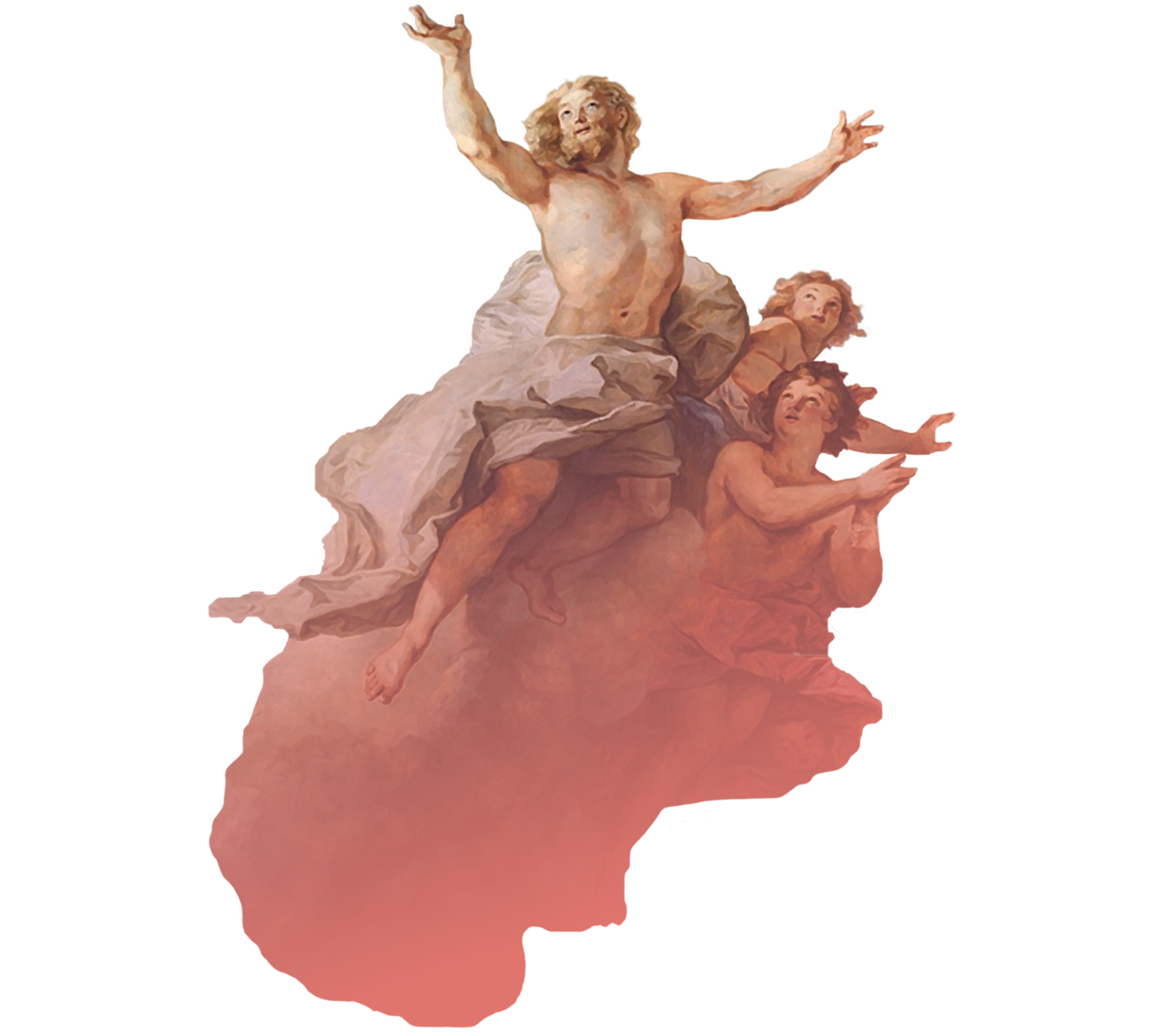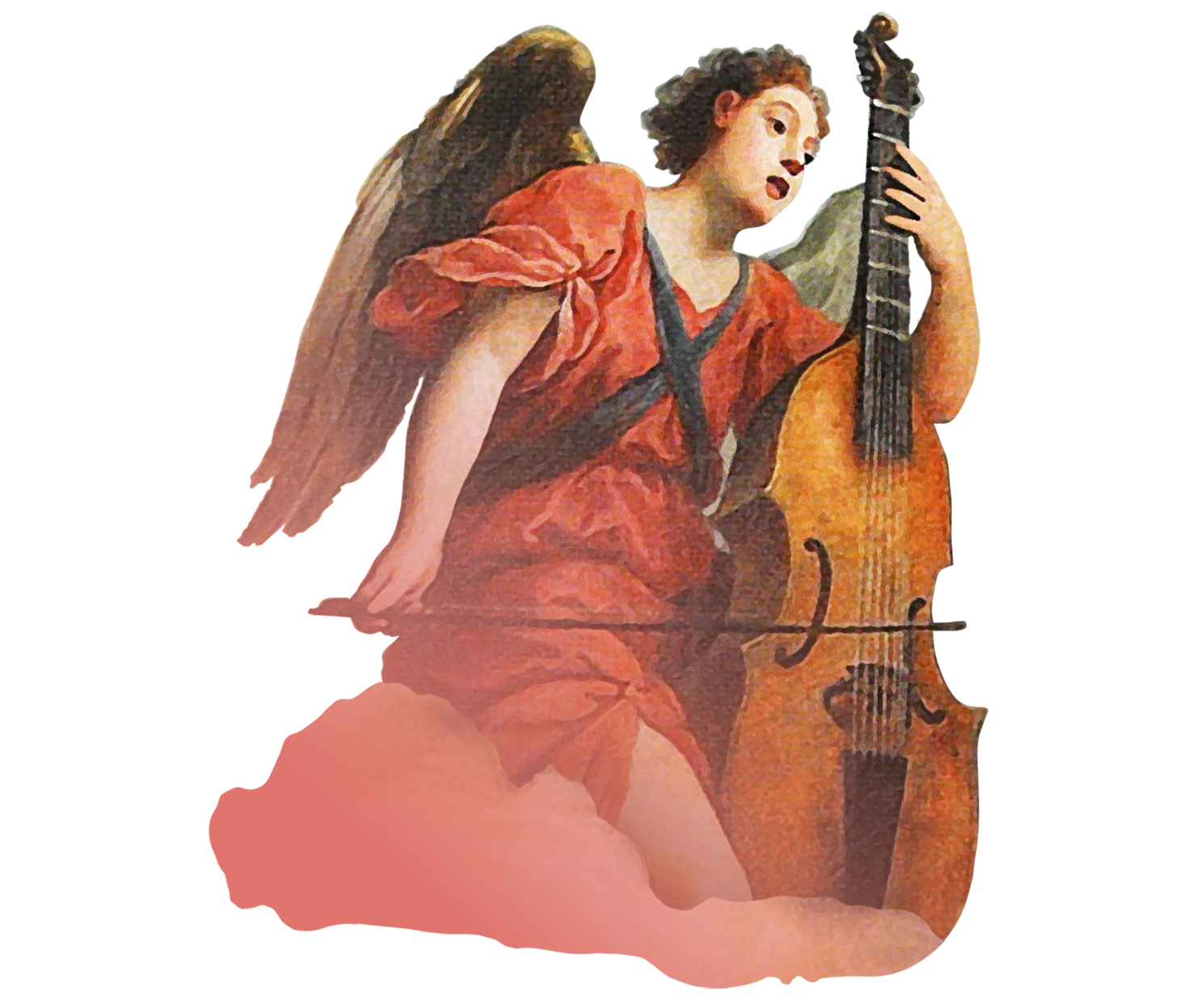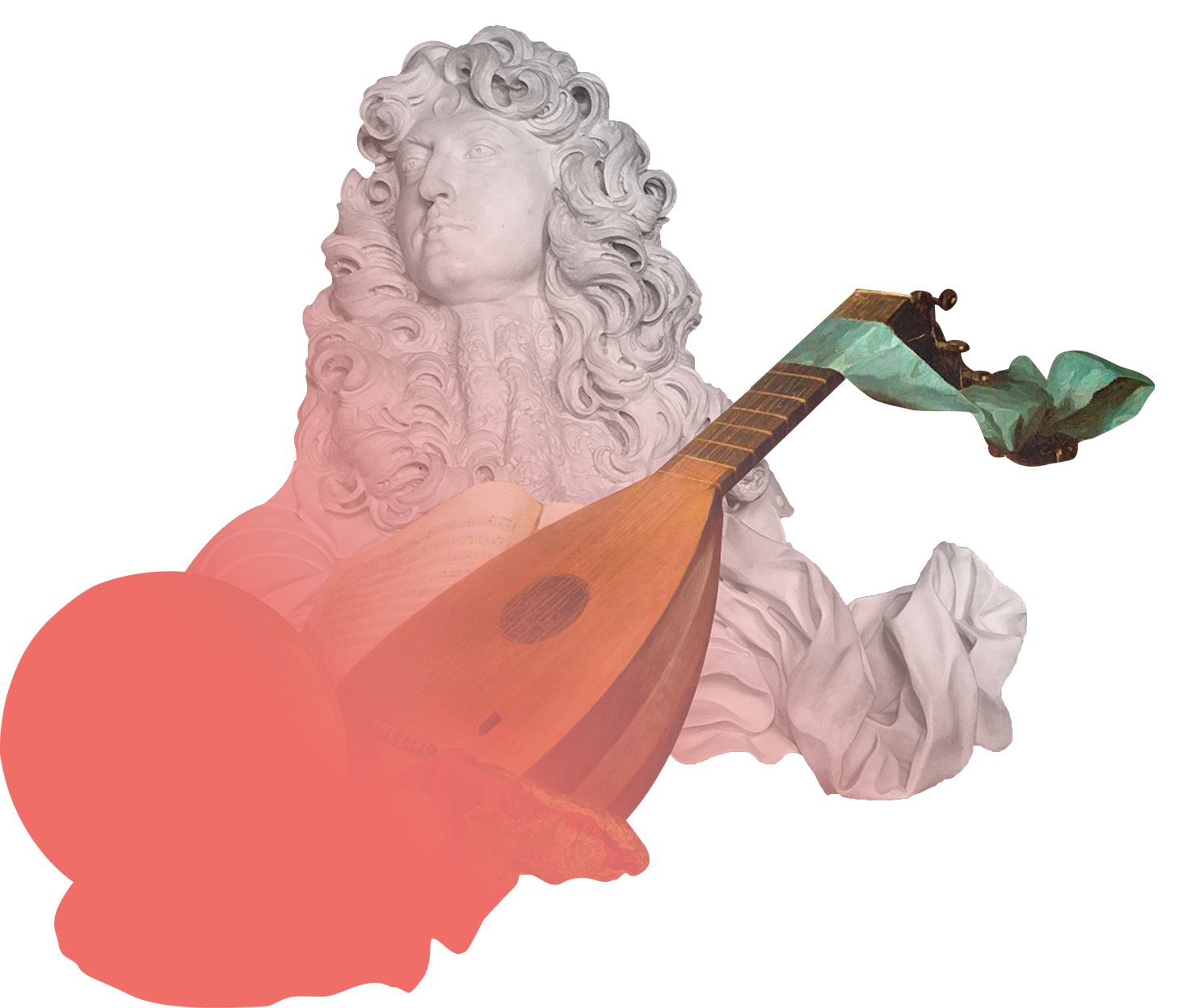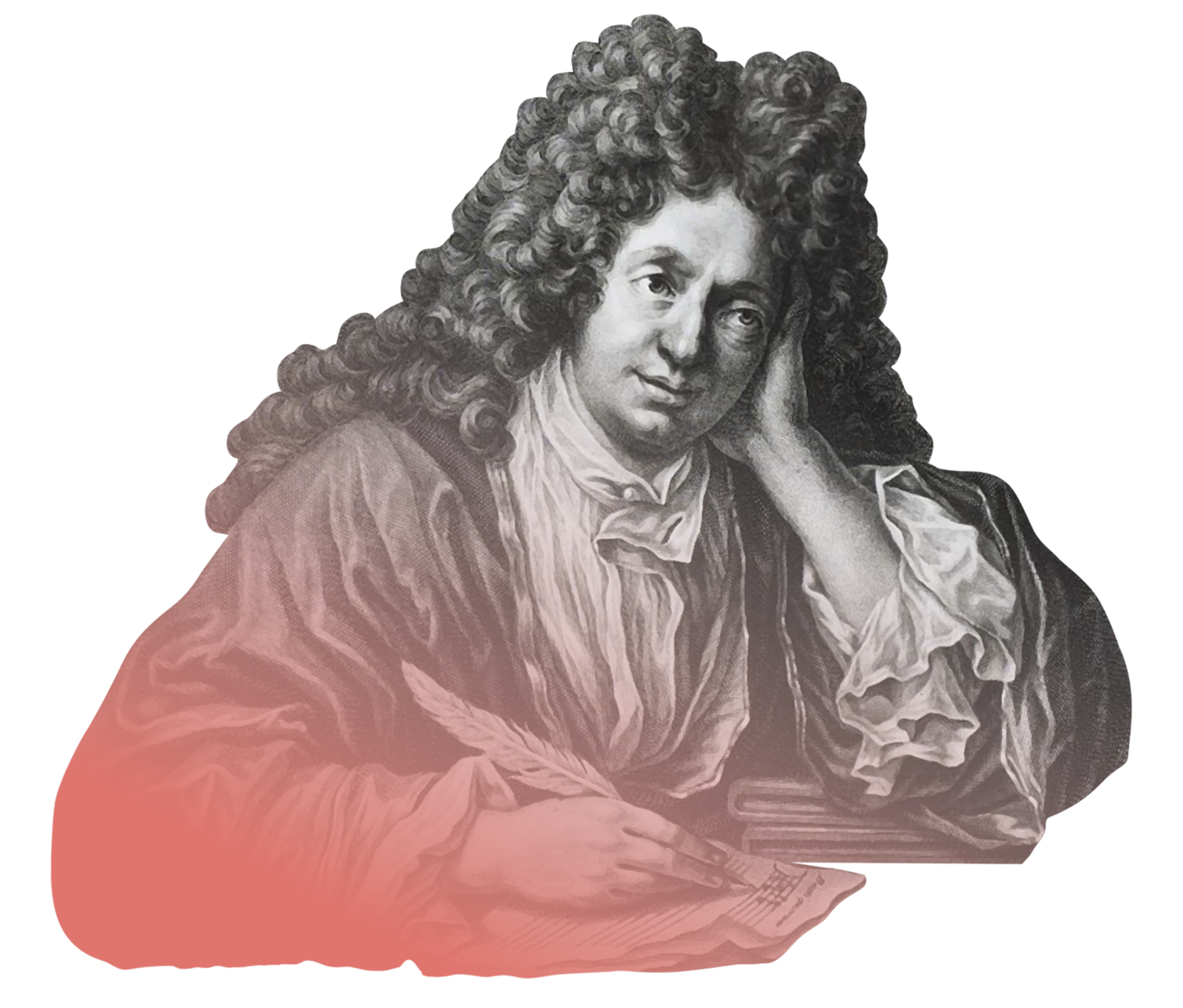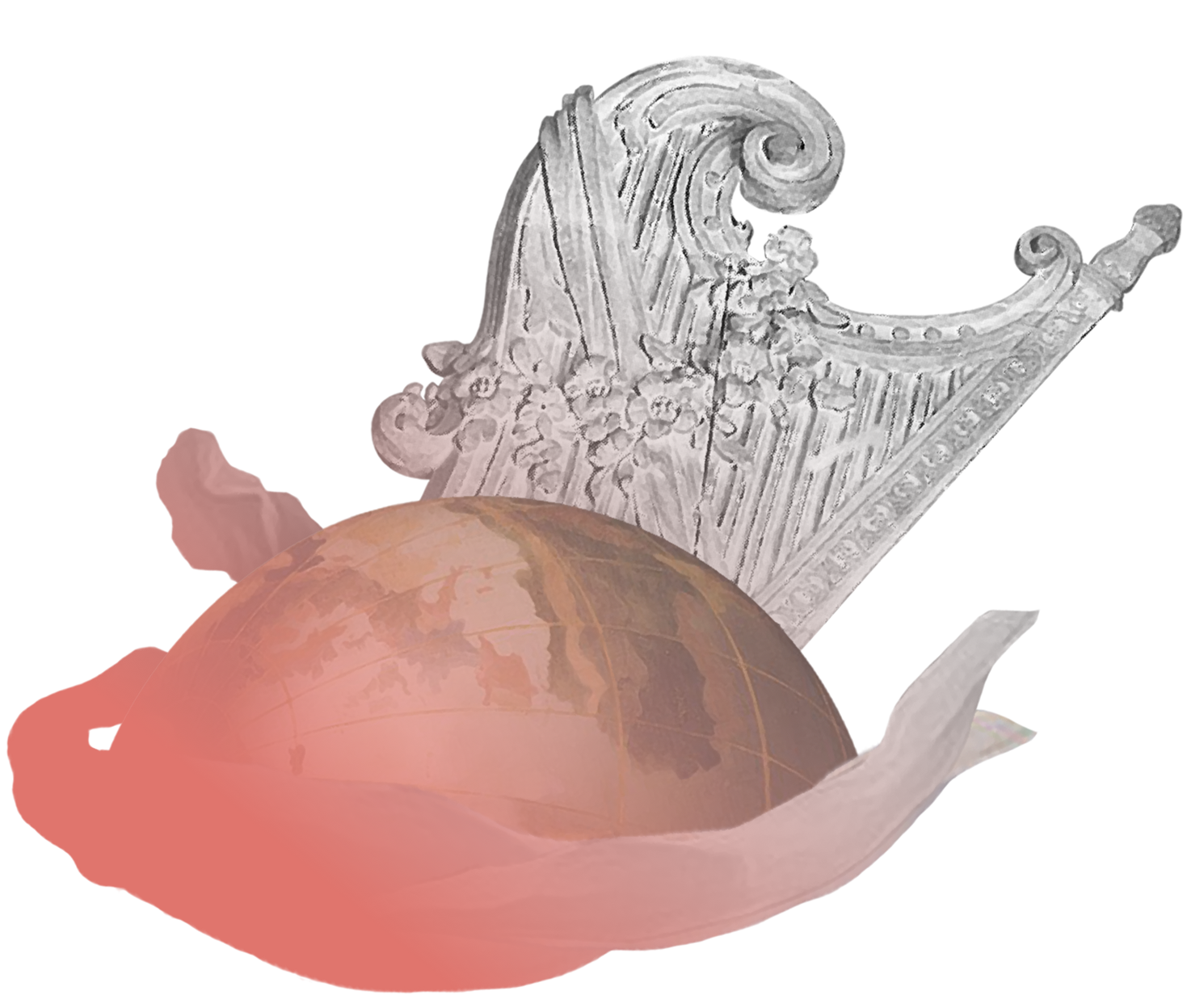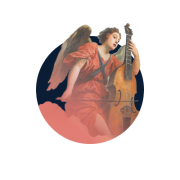-
Part One
-
Part two
-
Part three

Part One
The stunning setting of Versailles
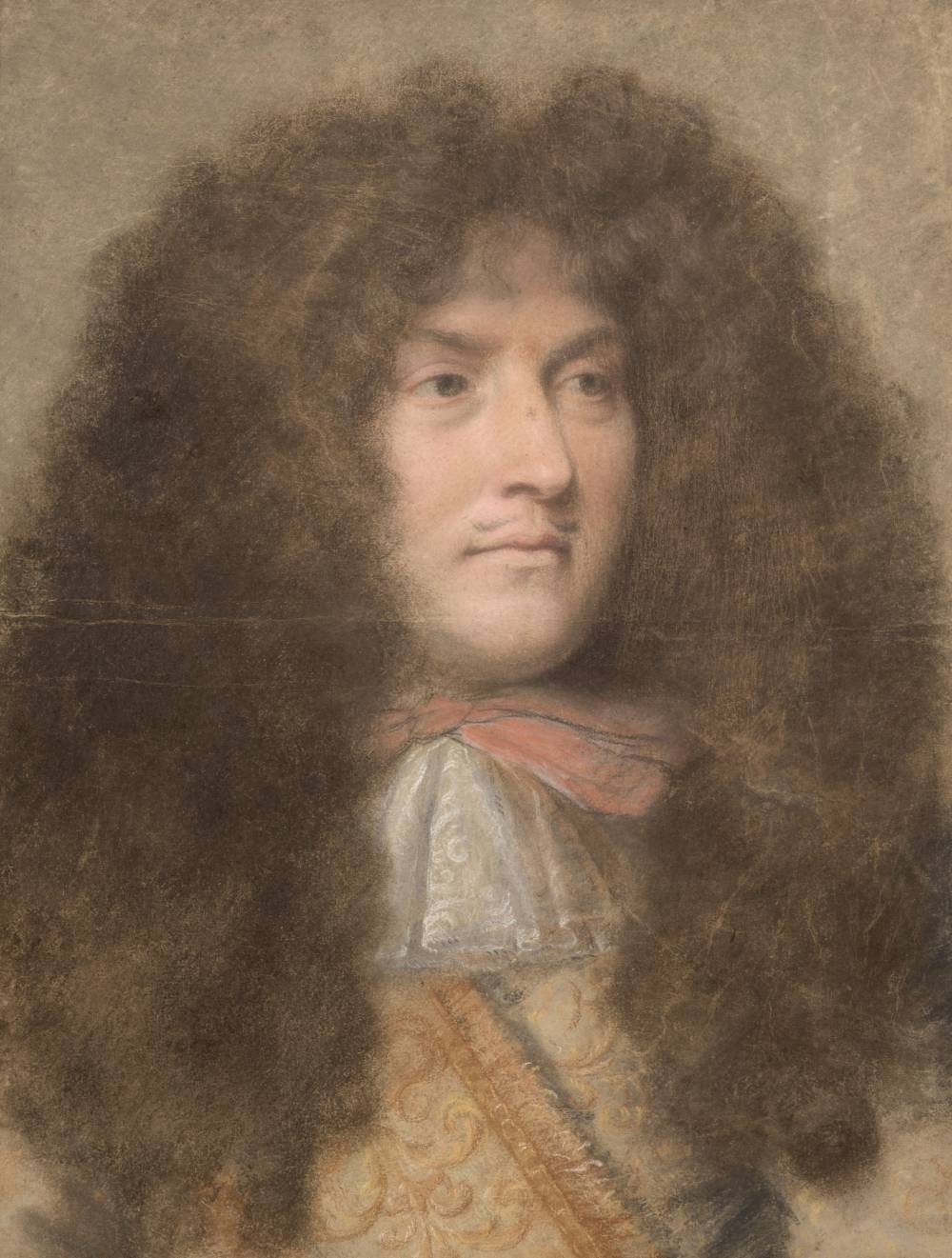
In the spring of 1682 the court moved to Versailles
By 1682, Louis XIV had been on the throne for 40 years. The King, his family and the royal household installed themselves in the Palace at Versailles which became the royal seat of power and official residence. Life at the Palace was not particularly comfortable – courtiers had to weave their way among the scaffolding, breathing in plaster and marble dust and inhaling nauseous paint fumes. The final chapel was not inaugurated until 1710 when Louis XIV’s was 72 and his reign was drawing to a close.
Push open the Royal Chapel door to see where the King celebrated Mass.
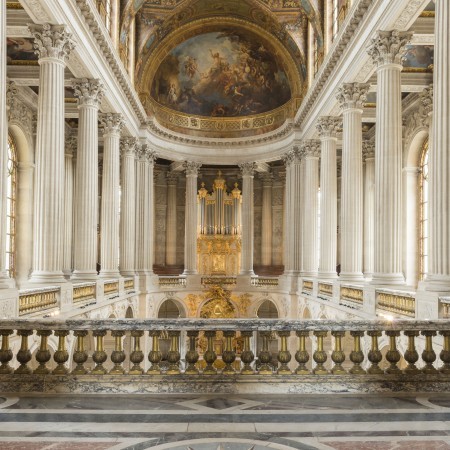
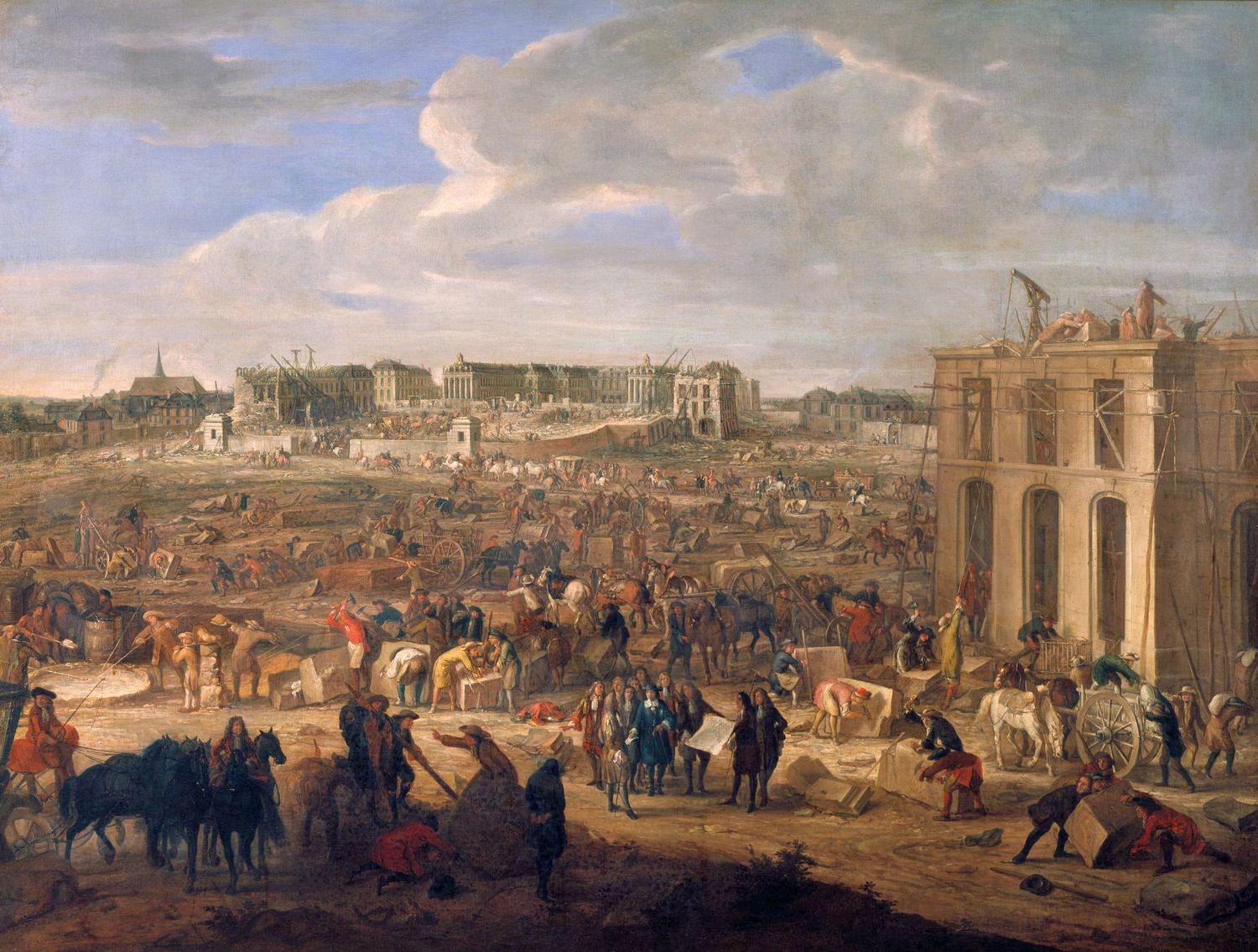
The Sun King’s last building project
The construction of the fifth and final chapel at Versailles was entrusted to architect Jules Hardouin-Mansart, who also created the famous Hall of Mirrors. The vast undertaking commenced in 1687 and was to last 23 years. It was in fact completed by another architect Robert Cotte, after Hardouin-Mansart died in 1708. Louis XIV followed every phase of the work, amended plans, inspected the decor and even brought musicians in to test the acoustics!
A royal building project
-
16
official sculptors, not including the craftsmen who worked on the sculpted decor
-
23
years of building work
-
5
painters - Jouvenet, La Fosse, Antoine Coypel and brothers Louis & Bon Boullogne
-
2,5
million livres-tournois was the awesome cost of the construction, of which almost one million went towards the painted and sculpted decor
“Our King’s vowed intention was to make the Chapel at Versailles the most magnificent feature of this dazzling Palace.”
Excerpt from Mercure Galant
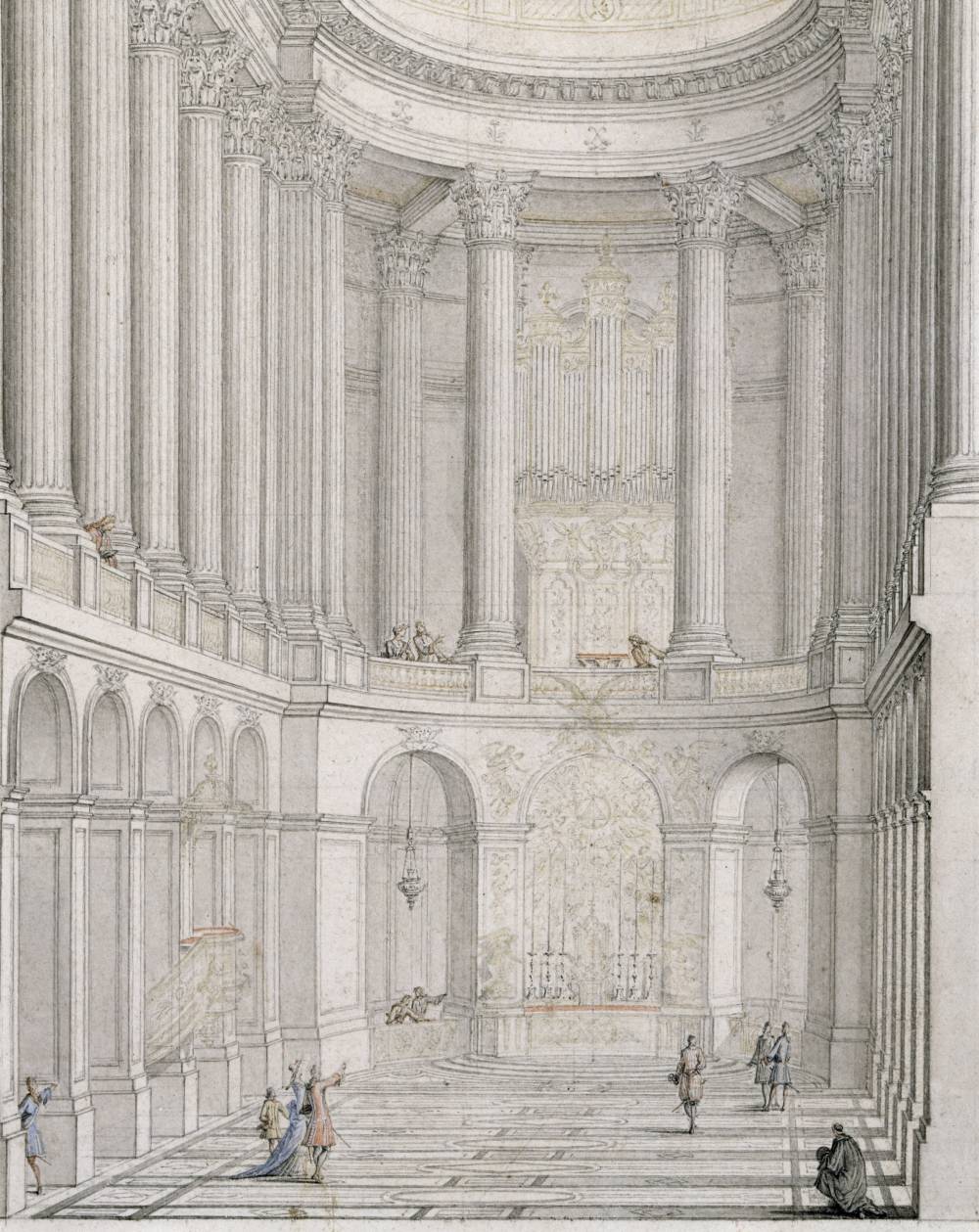
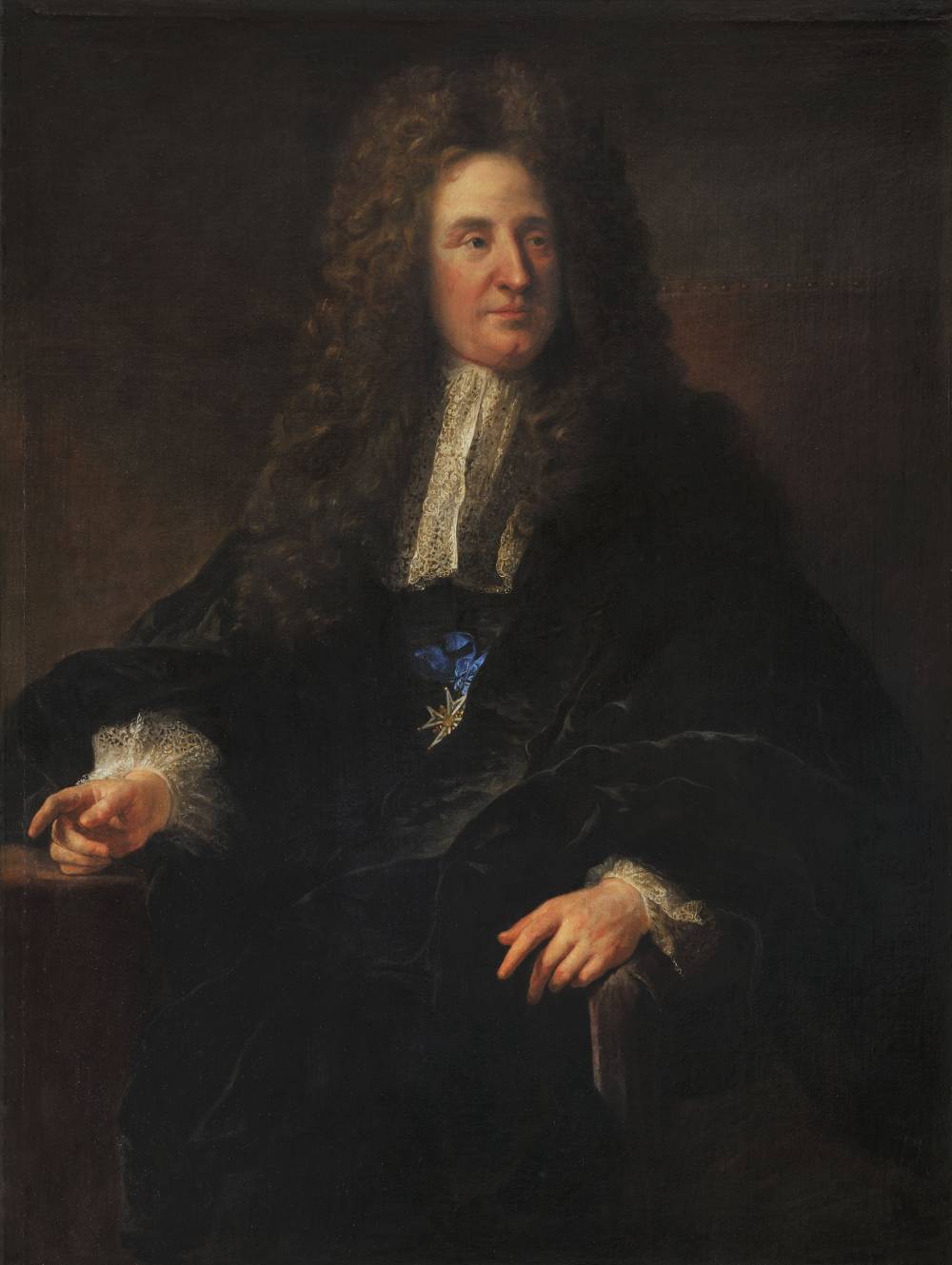
Jules-Hardouin Mansart in 1699
Building supervisor
Find out more
Interview with Frédéric Didier, Chief Architect with Historic Buildings, in charge of the restoration project at the Royal Chapel in Versailles.
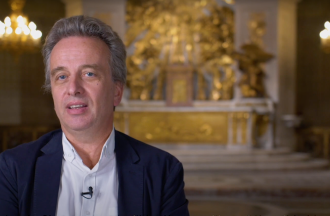
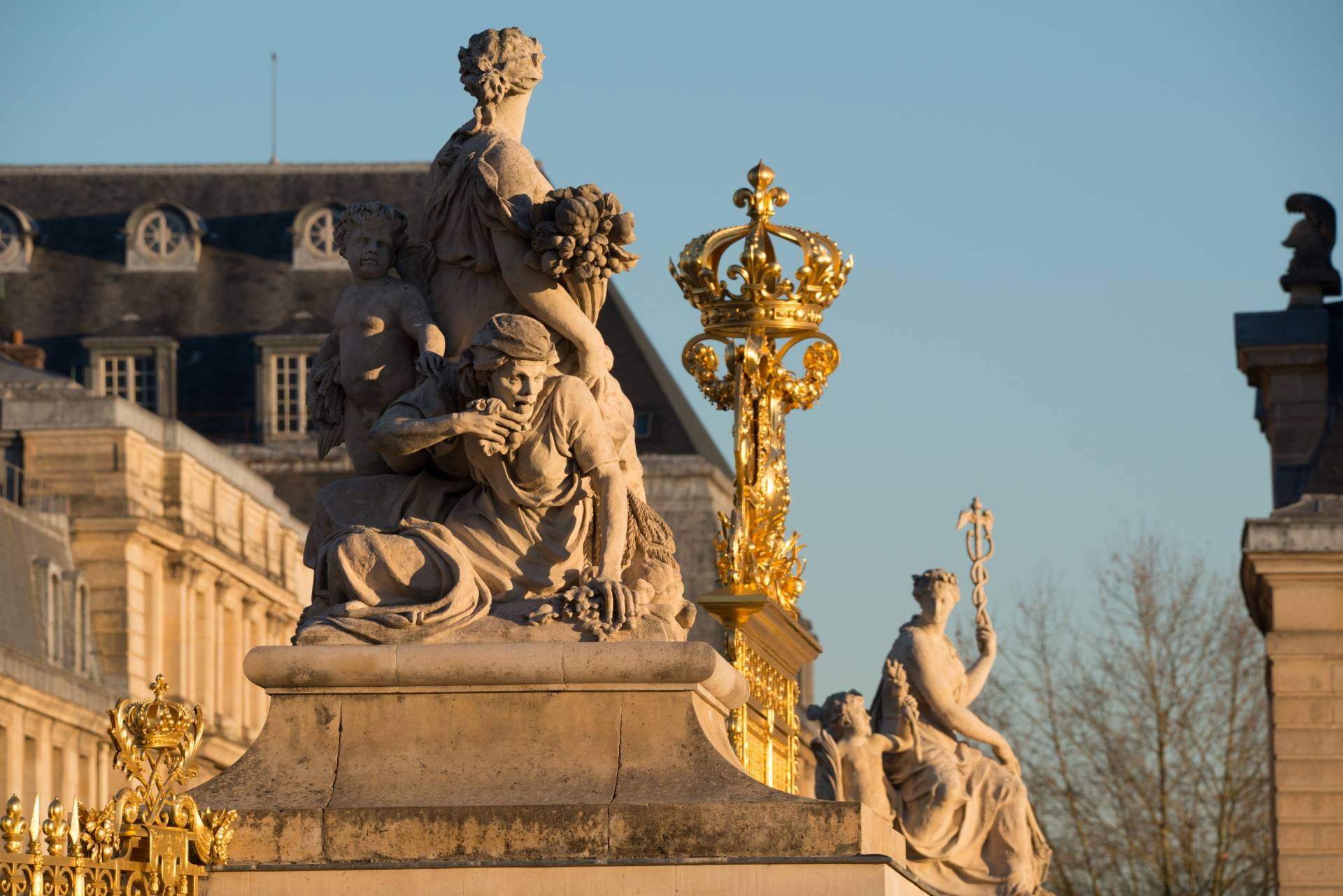
Part two
A mobile chapel
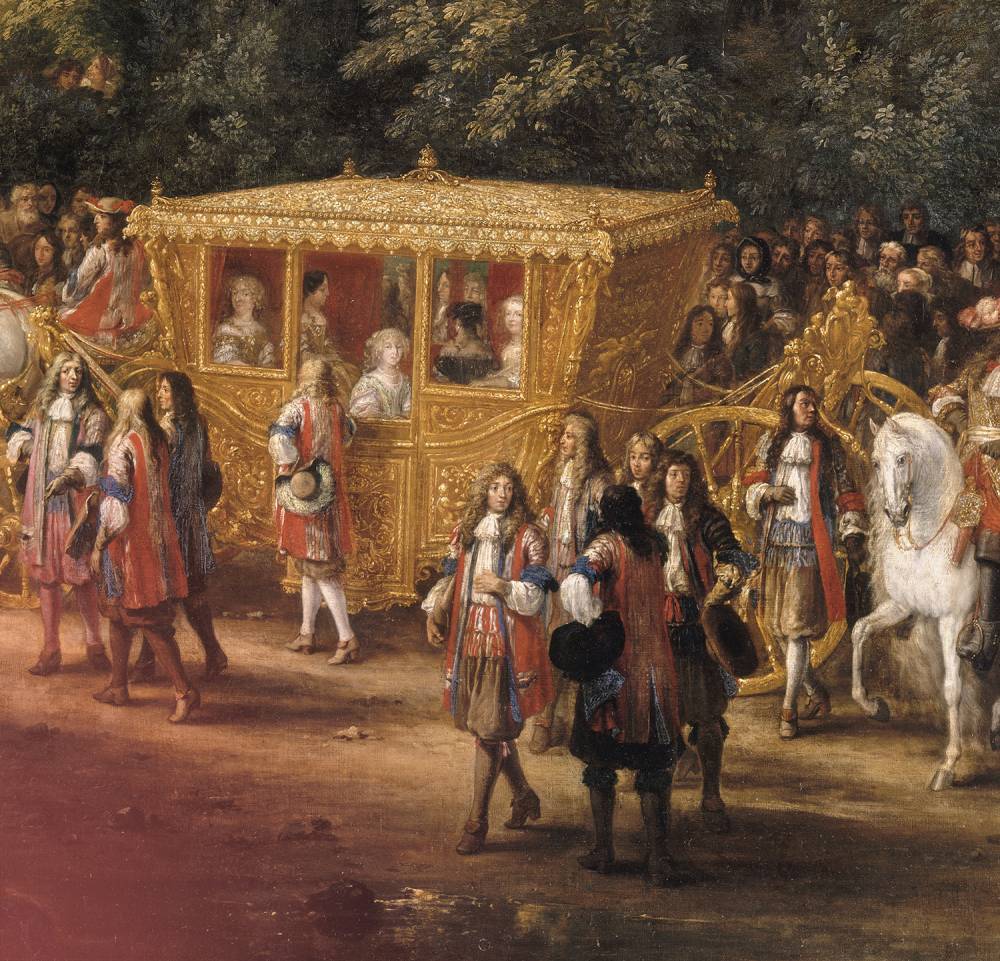
Quite a procession!
Up until 1682, the Music of the Royal Chapel had no fixed abode. It travelled ahead of the King wherever he went (even on his military campaigns!), so that on his arrival he could have music when he attended Mass. Solutions had to be found to house all the King’s musicians and lodgings were rented in neighbouring villages. The court and its musicians made long journeys every week between Fontainebleau, Saint-Germain-en-Laye, Chambord, Marly and Versailles, necessitating dozens of coaches packed to the brim on taking to the road every week.

On such excursions, the procession of coaches and carts stretched for more than 10 kilometres. The dense traffic had similarities with today’s commuter train journeys!
The various royal residences sometimes organised outdoor ceremonies. The musicians merely placed their stands on the grass or gravel, as they did when the King’s first son Le Dauphin was baptised on 24th March 1668 in the castle grounds of Saint-Germain-en-Laye, with Lully conducting...
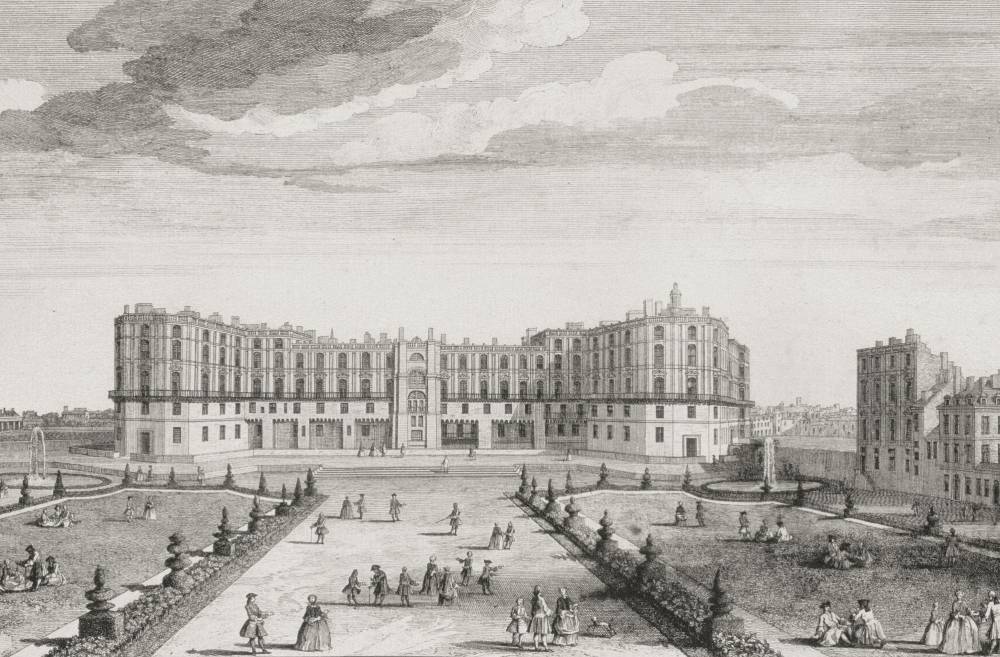
The old castle at Saint‑Germain‑en‑Laye
One of the French court’s favourite venues
Find out more
Thomas Leconte, editorial manager at the CMBV, presents the Sun King’s other musical institutions.
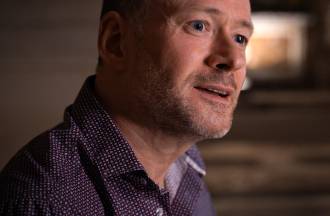
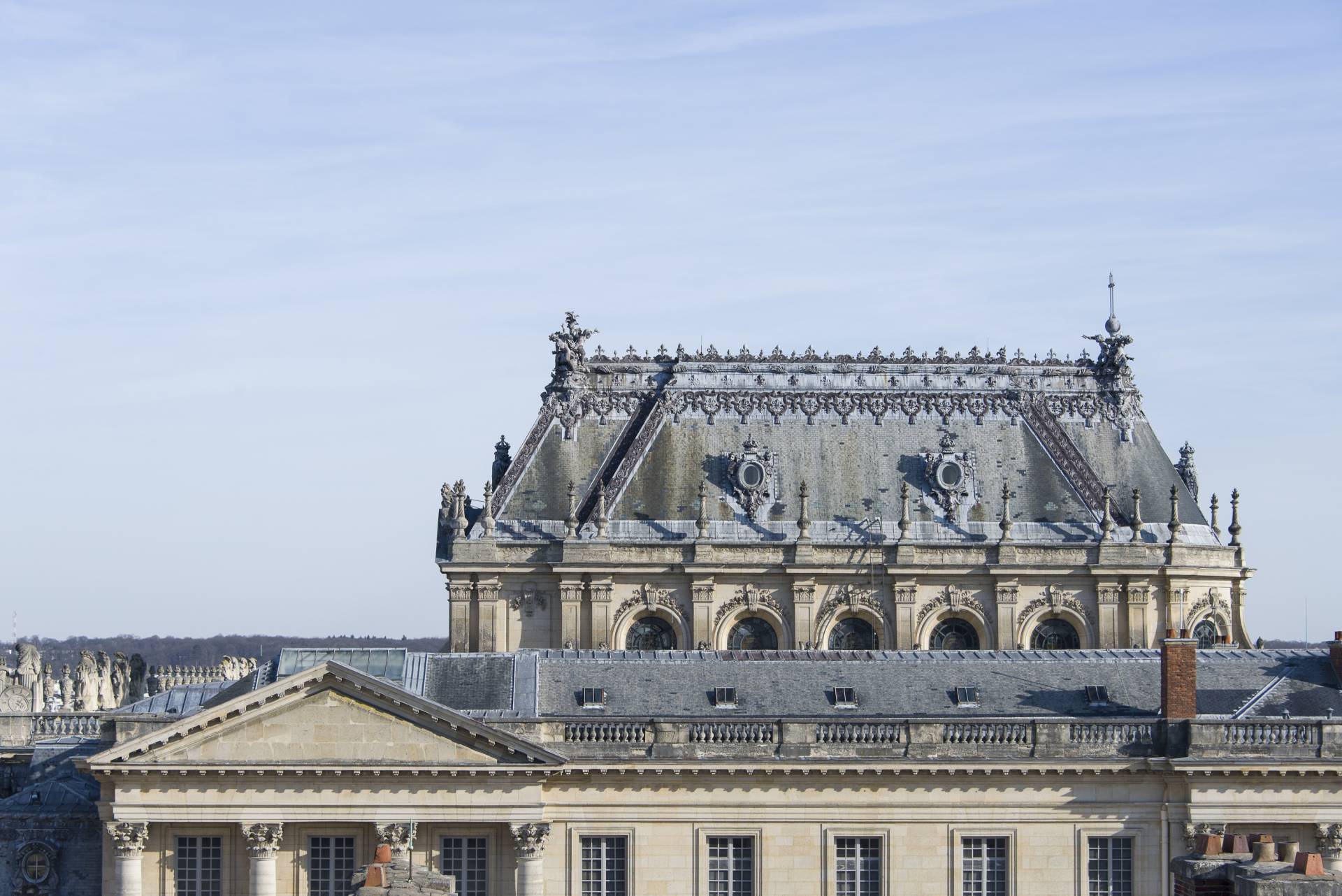
Part three
A strict hierarchy
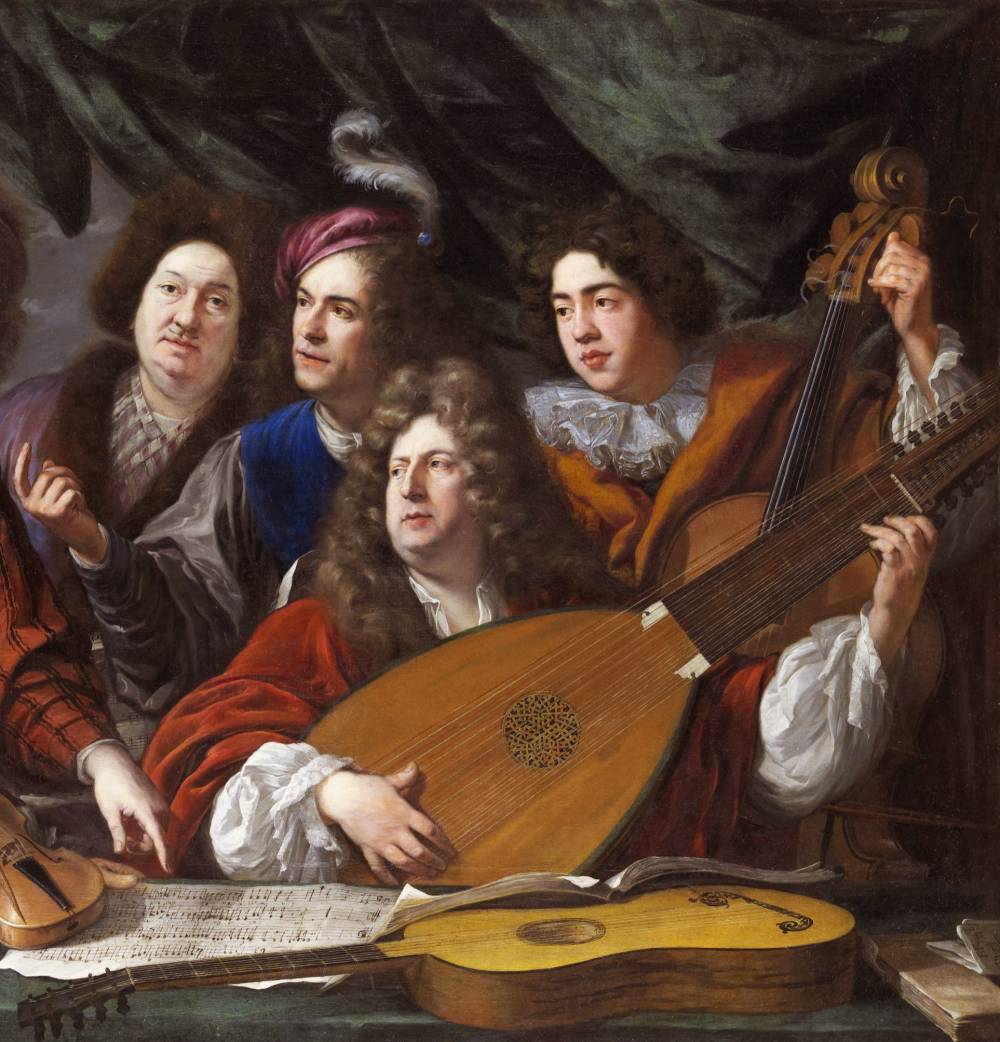
Everyone had their place
The Royal Chapel was a world of its own with a fixed hierarchy. It had two divisions – the oratory side, made up of the court’s ecclesiastic dignitaries and officiants, and the Music of the Royal Chapel, which included those involved in the music during Mass. To ensure a smooth supply of religious music for a King, everyone was assigned a role.
The Chapelle-Musique
-
The Master
The Master officially directed the Chapelle-Musique. He was a member of the nobility and a high-ranking clergyman, often bishop or archbishop of a French cathedral.
-
The Music Master
Recruited from among the finest musicians in France, the Music Master headed the Music of the Royal Chapel...
-
The Musicians
The Music of the Royal Chapel included 20-25 instrumentalists (known as symphonistes)...
-
Workers behind the scenes
The Chapelle-Musique was a hive of activity, with a host of workers behind the scenes...
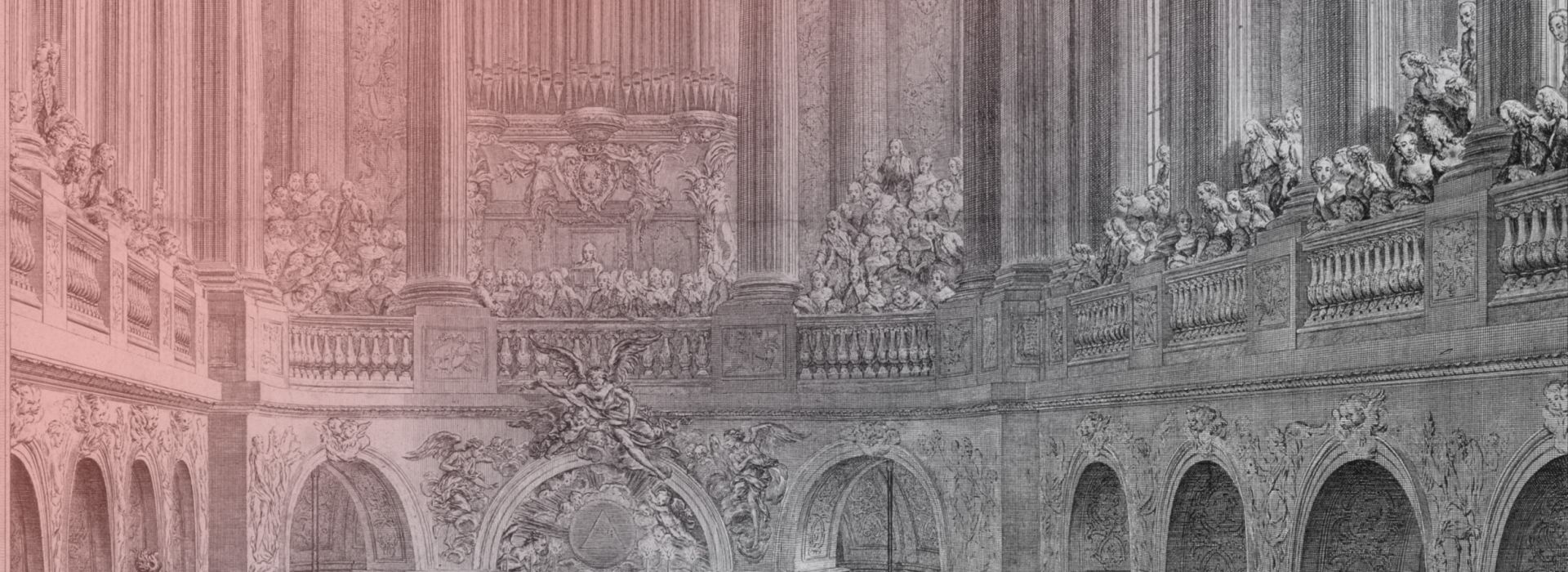
Payment of the Musicians
The term used at the time was emolument, not salary. Royal Chapel musicians were not paid monthly but according to how long they served each year, i.e. every three months if they worked quarters and every six months they worked semesters. Everyone had to manage their own budget! By way of comparison, an ordinary workman earned only one livre-tournois per day. A full year’s work represented about 220 working days (considerably more days off than today!). So a workman at the bottom of the ladder received only 220 livres-tournois per year.
How much did they earn?
-
Music Master
900 livres-tournois per quarter, i.e. three months’ work
-
Organists
600 livres-tournois per quarter
-
Adults choristers
450 livres-tournois per semester, i.e. 900 livres-tournois per year
-
Instrumentalists
300 livres-tournois per semester, i.e. 600 livres-tournois per year
-
Choirboys
They were unpaid but were provided board & lodgings, laundry and an education, courtesy of the King

It is hard to convert these sums into euros but in Paris at the time a decent sized town house cost about 20 000 livres-tournois.
Find out more
The Palace of Versailles has produced a 3 episode web series about the chapel organ built for Louis XIV by François-Henri Clicquot in 1679.
